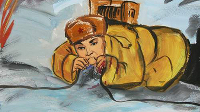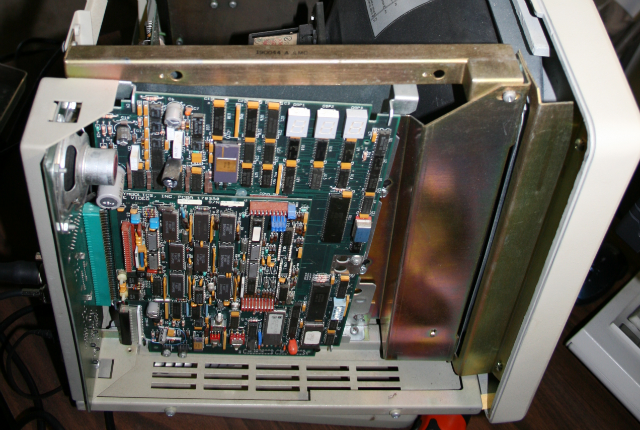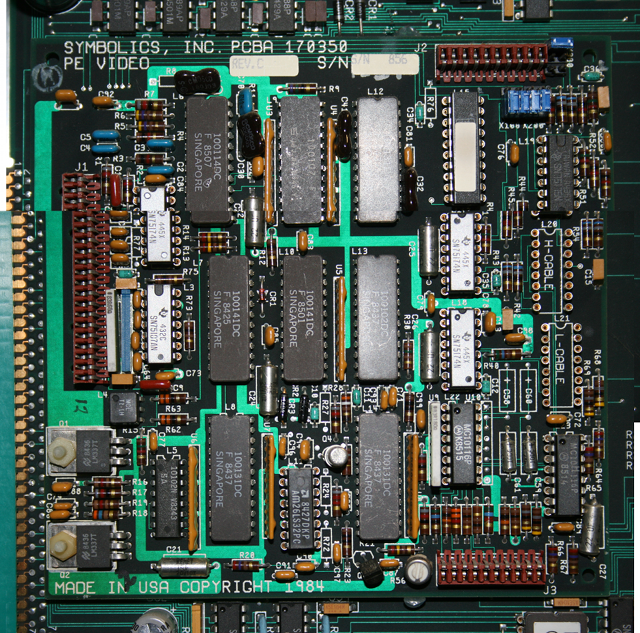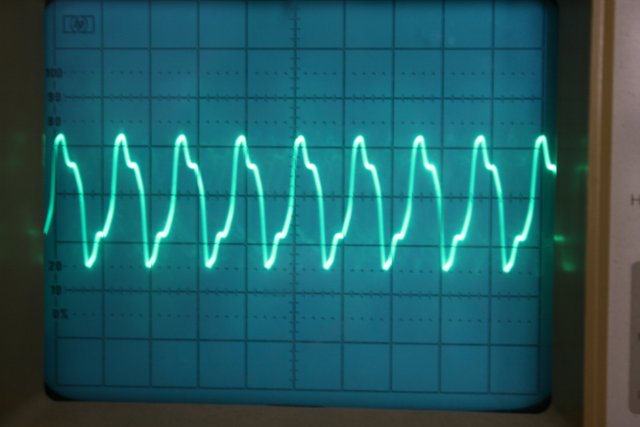Secrets of the Symbolics Console: Part 1
The machine does indeed power up and run:
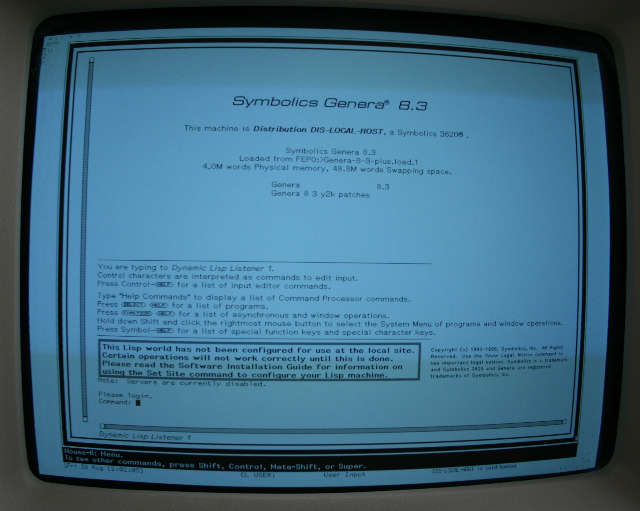
But this is not enough.
The console is a museum piece. While a Lisp Machine circa 1986 might last for a reasonably long time between repairs, a CRT of the same vintage likely will not. Moreover, it is a pain to have around, even if it were indestructible. Wouldn't it be nice to have a box which replaces the monstrosity entirely, with jacks to connect a standard VGA monitor, PS/2 mouse, and the beautiful Symbolics keyboard?
This promises to be less than trivial, however.
Here is what we find inside the console:
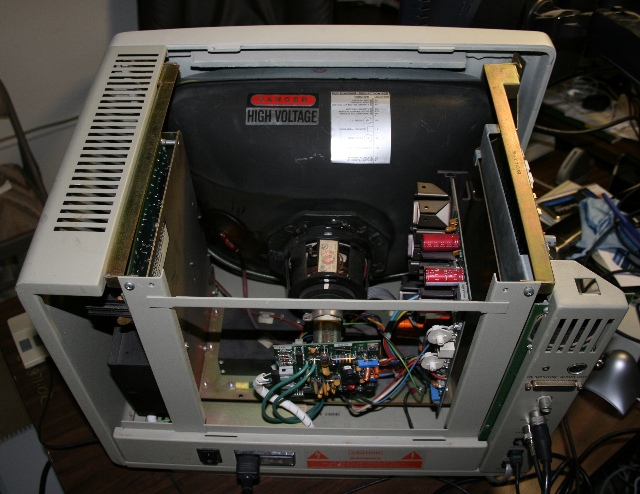
Let's examine the console cable:
1. XMIT- Digital Audio serial data from system to the console
2. XMIT+ Digital Audio serial data from system to the console
3. TXD- Biphase serial from system to console (console serial port)
4. TXD+ Biphase serial from system to console (console serial port)
5. RXD- Biphase serial data from console to system (keyboard)
6. RXD+ Biphase serial data from console to system (keyboard)
7. RCV- Audio Clock
8. RCV+ Audio Clock
9. Phase Encoded Video
10. Video Ground
11. Serial Ground
12. Ground
(source)
Hmm, "Phase Encoded Video."
The single extant repair manual tells us (p. 94-95) where to find the decoder board:
The computational equivalent of three or four Commodore-64 machines languishes here. There is even a set of debugging toggles and associated LED indicators. One toggle is labeled "RUN/STOP."
A closer look at the Phase Encoded Video decoder daughterboard:
So what is "Phase Encoded Video"? Just another name for Manchester encoding, apparently.
And what does it look like?
My puny 275MHz non-storage scope (circa 1979) groans:
To be continued...
